NetApp Gets Into The MSP Game Via Spot, CloudJumper
NetApp has been taking a cloud-first approach by tying its cloud infrastructure technologies to Microsoft Azure, AWS and Google Cloud Platform, Jeff Treuhaft, general manager of Spot PC, tells CRN. And that approach, he says, fits the needs of MSPs who have already engaged with Spot and CloudJumper technologies.
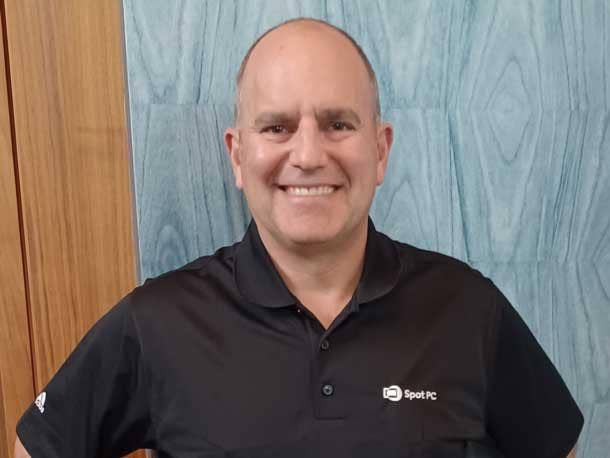
Spot PC’s Jeff Treuhaft
NetApp Takes Cloud To The MSP Business
Ask almost anyone who NetApp is, and the answer will likely be along the lines of, “It’s a storage company.” And whoever answered that way would mostly be correct. NetApp is the largest independent storage vendor, a pioneer in file-based storage but also in making on-premises storage operate seamlessly in the cloud and in breaking the tie between data stored using NetApp technology and its own hardware.
But that is now only half the story. Today’s NetApp is also moving quickly to acquire and integrate technology that helps businesses build cloud infrastructures, including cloud compute optimization via its Spot acquisition, end-to-end cloud management via its CloudCheckr acquisition, and virtual desktop infrastructure integration via its CloudJumper acquisition.
Hidden under all that has been a move by NetApp to play a bigger role in managed services, an area that it has not been known for in the past. Jeff Treuhaft, general manager for Spot PC, who joined Spot in November, told CRN in an exclusive interview that NetApp has been taking a cloud-first approach to its business for some time by tying its cloud infrastructure technologies to Microsoft Azure, Amazon Web Services and Google Cloud Platform. And that approach, Treuhaft said, fits the needs of around 300 MSPs who have already engaged with Spot and CloudJumper technologies.
[Related: NetApp CEO George Kurian: Pure Storage Boss’ Comments Inaccurate]
NetApp has bundled its technology with things like Azure Virtual Desktop, Microsoft Defender for Cloud and Azure Log Analytics into a managed services offering that takes on the risk of providing such services at a fixed price per seat, per month, he said.
“Gone are the days where you are acquiring all this infrastructure to run these desktops and then the price changes every month based on who used what, where and when. … One of the problems on the MSP side is they’re having that challenge of how to get predictable margins and then how to get a predictable business that they can scale. And so we simplify all that for them,” he said.
NetApp is making significant moves to expand its cloud-first focus to MSPs. Here is what Treuhaft had to say in his interview with CRN.
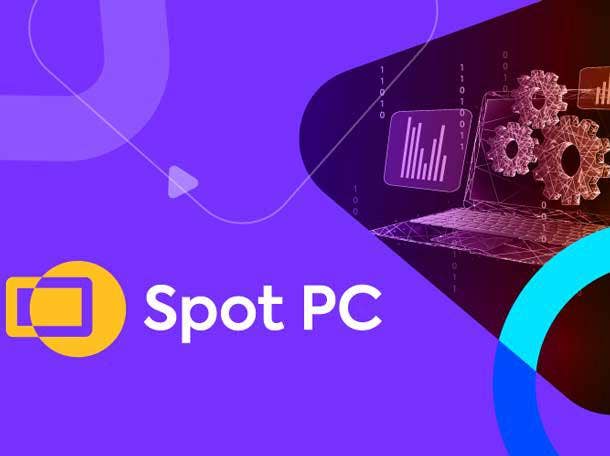
During your eight months with Spot PC, what are some of the changes that have happened there?
So NetApp acquired CloudJumper about two and a half years ago. And soon after the acquisition, they saw an opportunity, as the marketplace shifted, as Microsoft began to invest more in the Azure Virtual Desktop, they saw an opportunity to take the learnings that they had had as CloudJumper as a software vendor and even as a service provider and colocation [provider] to take that to a cloud-first model. And what got me interested about this era of NetApp is that, starting about five years ago, NetApp started acquiring companies that had built infrastructure tools and infrastructure technology that was focused on cloud-first. And everybody knows NetApp. They’ve been in the storage business for 30 years [and the company is the] gold, gold standard for file storage. But this was the opportunity to start building a cloud portfolio, and they looked at the back end, they looked at security, they looked at observability and discovery. And one of the places they looked at was at the desktop and what was happening at the endpoint.
When NetApp acquired CloudJumper, they saw this opportunity once they got to know the technology to combine it not just with Azure NetApp Files, which is now the gold standard for file storage up in the Azure Cloud, but also the NetApp Cloud Insights technology they acquired as well as the Spot technology like Spot Elastigroup [cloud infrastructure automation service]. If you take just those three services, but then you combine them with Azure Virtual Desktop, Microsoft Defender for Cloud and Azure Log Analytics, there’s a whole bunch of services that we’ve incorporated on the Microsoft side, and we’ve bundled that up into a managed service offering.
And then we’ve also chosen to take on the risk by offering it at a fixed price per seat, per month. So gone are the days where you are acquiring all this infrastructure to run these desktops and then the price changes every month based on who used what, where and when. So we’ve gone and taken the extra step of taking on that risk, which is a huge benefit to the MSP community. Because one of the problems on the MSP side is they’re having that challenge of how to get predictable margins, and then how to get a predictable business that they can scale. And so we simplify all that for them. And that’s what really got me excited about coming to NetApp: the strength of this growing cloud portfolio. I’m not sure what our public data is, but it’s approaching $500 million in annual run rate, which is very significant. And we have this great partnership with Microsoft, not just around our use of AVD [Azure Virtual Desktop] and the Windows 365 Cloud PC, but also ANF [Azure NetApp Files] and CVO [Cloud Volumes Ontap] and a bunch of other services that we do with Azure. NetApp also has great relationships with AWS and Google Cloud Platform as well. But that was most exciting. And I think we’re one of two product areas within NetApp now that are really targeting MSPs. And I really like the model. The MSPs I’ve been able to develop some relationships with have some really interesting businesses, and they’re really looking to leverage and take advantage of the automation and the technical help we can provide.
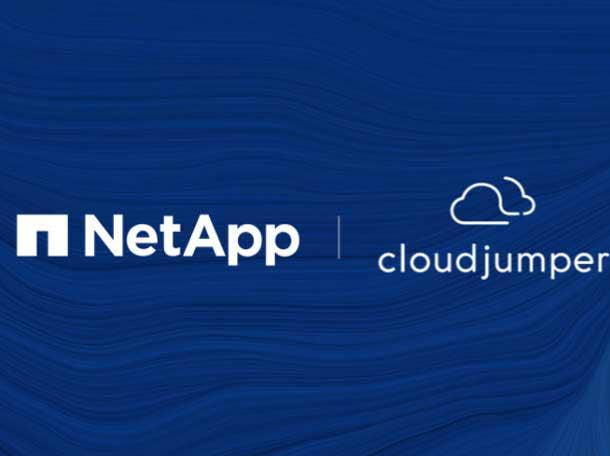
‘MSP’ is not a word one hears often in a sentence with the word ‘NetApp.’ So when did NetApp and your organization in particular realize that you had something for MSPs?
So CloudJumper has always actually been focused on powering up the MSP. They initially did that with a software model, and then they moved to a services model and colocation. But it was when they were acquired by NetApp that the cloud, the public cloud opportunity with Azure Cloud, came into focus. And with the opportunity NetApp saw with the CloudJumper acquisition, they actually acquired another company called CloudCheckr. And that company was almost exclusively focused on the MSP market.
NetApp has always had a reseller relationship with the market and a really broad array of resellers from the more traditional storage side of the business. And Spot PC and CMX [end-to-end cloud management platform] from CloudCheckr are the two product areas that are really targeting and making great progress and connecting with more MSPs. I think the CMX platform has more than 100 MSPs. Spot PC has almost 200 MSPs on our technology.
Is there any overlap between the two?
Very little.
Are there cross-sell opportunities between them?
Yes, absolutely. What’s interesting about the CMX model is that they’re focused on helping the MSP community manage cost out of all the infrastructure that they’re helping deploy and manage. We’re just focused on the desktops. So that’s where we are very targeted. And NetApp chose to take on the financial risk of the optimization just to simplify life in the desktop space because it can be very dynamic, depending on if you’re using a shared environment where multiple users are on a single VM or dedicated VMs. Or now we are issuing desktops that have GPUs, or even multiple GPUs in a single desktop, for technical users. So we chose to take on the complexity and the risk of doing that so that the MSP community can have a really predictable cost experience with that kind of solution.
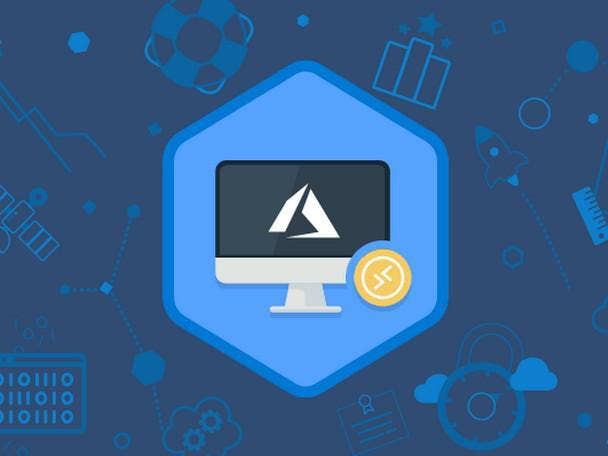
So what’s next? What are some things that you’re looking at in terms of future developments for your MSP channel?
We’re making some exciting inroads. Some of it is partnering with Microsoft and really taking the road map of investments they’re making with Azure Virtual Desktop the Windows 365 Cloud PC. And then some of it is responding to the opportunities we’re seeing in the marketplace. So in technical computing, where GPUs are involved, a lot of that is around protocol acceleration and making sure you’ve got great data caching so that the interactivity of an Autodesk Revit experience, the fidelity of that, stays really high for the users. So we’re spending some time on that. Applications are always a challenge, so we’re spending a lot of time on the tooling behind how to efficiently manage a growing number of applications, building an application library so that you don’t have to start from day zero, or less than day zero, every time you are looking to add a client and their application stack. But a very large part of what we’re working on is around security and compliance. And that compliance in particular is of great interest to a lot of customers that the MSPs deal with. And whether a customer is a medical office or a law firm, or if they’ve got any government-related work, they’re looking for specific things that keep them in compliance as they shift to a fully virtual model. And so that’s where we’re spending our time.
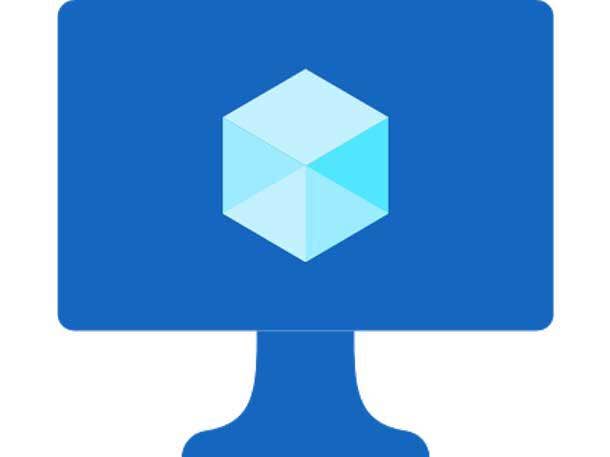
Does Spot PC compete with or partner with any of the other virtual desktop providers?
You know, in my first eight months of the market development that we’ve done around Spot PC while I’ve been leading the group, 90-plus percent, maybe even 95-plus percent, of who we’re quote, unquote, competing against is the marketplace’s version of DIY. Meaning, nobody does what we do as a managed service, really, certainly not at a fixed price like we’re doing it. But what we encounter time and again is that customers have used some tools, sometimes they’re trying to just use the Microsoft toolset for Azure Virtual Desktop, sometimes they may have bought some software licenses from somebody else to do something related to a virtual desktop. And sometimes they’ve had homegrown tools that engineers have built inside the MSP to do some of this stuff. But what’s happened is as they have fully shifted to the cloud, what has worked is, AVD is a great primitive and Microsoft has a lot of tooling around it that can be very effective. But you still have to be the glue. And so even if you didn’t write your own software before, now you’re writing software, and now you have to maintain that software, you have to keep it bug-free, and you have to iterate it as Microsoft changes all their services. So where a lot of our business is coming from are the people who have been a DIY shop for a long time. And it worked out for them in that era. But as you move to the cloud, you integrate all these different services, it was taking more and more time just to get to the point where you can issue a desktop. And we allow them to get to the issuance of a desktop in minutes or hours as opposed to days or weeks. And then we maintain that environment, the back end. We automate the maintenance of that environment. So as Microsoft services change and meander over time, we’re handling that. We’re accepting that responsibility on behalf of our MSP partners. And so that’s what we really compete against. I’m sure as we continue to grow up I’m starting to see some [VMware] Horizon and some Citrix stuff, but we don’t really see many of the other names that have been in the marketplace for a while.
When you think of NetApp’s business because of the strength of the OnTap storage OS, they’ve cultivated relationships with the Global 5000. Even say, the Global 1000, which are some pretty large companies and large organizations, all of them have a ton of NetApp experience. And so we’re now getting pulled in by the broader NetApp organization into conversations with some of those large customers who have long been huge customers of some of those bigger vendors. But this whole shift to the cloud-first model has changed their thinking a little bit about how much they really need to control. And if they can get compliance, if they can get the security and the networking configurations that they need, it’s instructive for them to think about a different model because it really saves them resources. Many of them have had attrition because of COVID. They’ve lost staff over the last three years. And it’s made it more and more difficult for them to hold on in this environment. … I think they’re coming out and asking us some more about what Spot PC is and how it can work for them because of that.